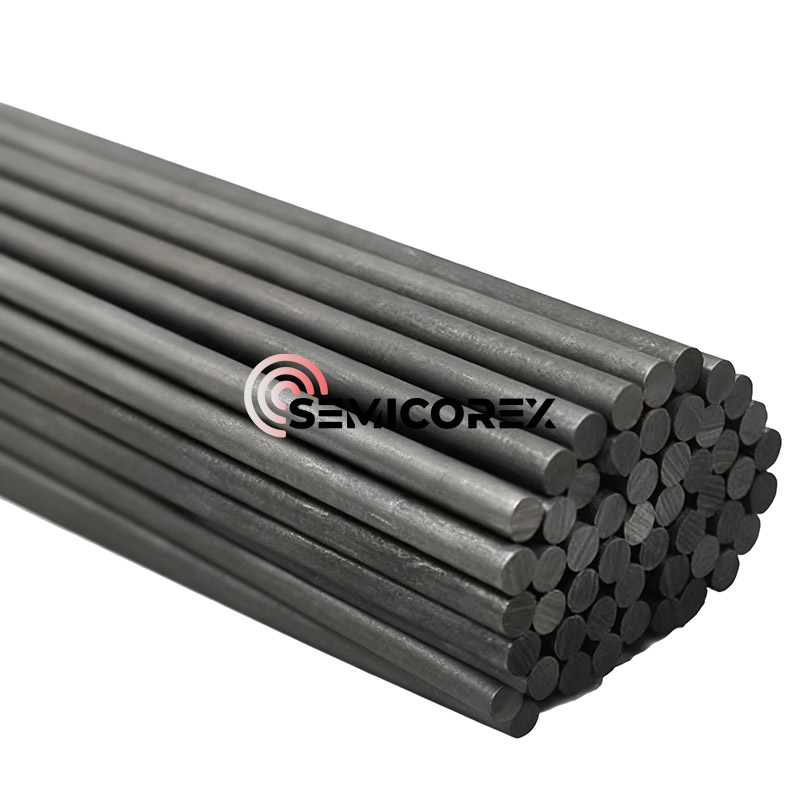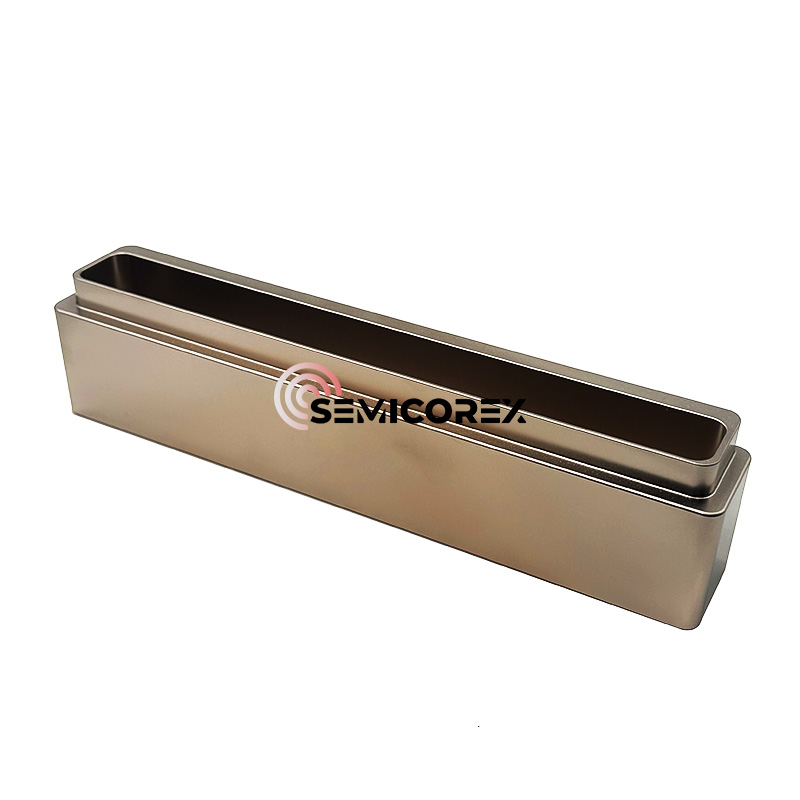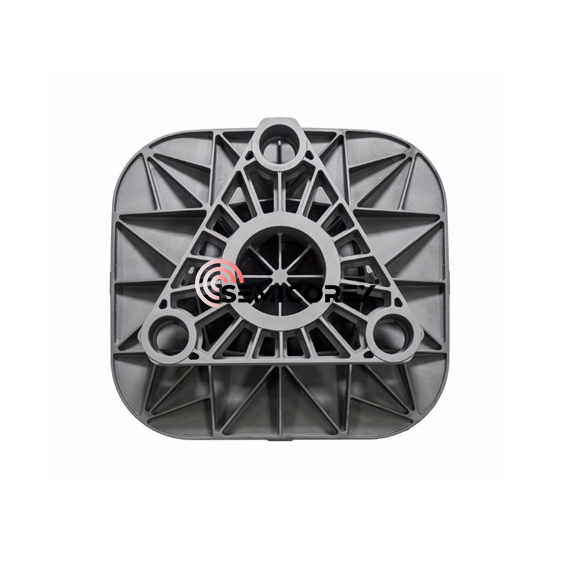
- English
- Español
- Português
- русский
- Français
- 日本語
- Deutsch
- tiếng Việt
- Italiano
- Nederlands
- ภาษาไทย
- Polski
- 한국어
- Svenska
- magyar
- Malay
- বাংলা ভাষার
- Dansk
- Suomi
- हिन्दी
- Pilipino
- Türkçe
- Gaeilge
- العربية
- Indonesia
- Norsk
- تمل
- český
- ελληνικά
- український
- Javanese
- فارسی
- தமிழ்
- తెలుగు
- नेपाली
- Burmese
- български
- ລາວ
- Latine
- Қазақша
- Euskal
- Azərbaycan
- Slovenský jazyk
- Македонски
- Lietuvos
- Eesti Keel
- Română
- Slovenski
- मराठी
- Srpski језик
Carbon Fiber Paper
Semicorex Carbon Fiber Paper is a critical component for enhancing the efficiency, durability, and performance of fuel cells and other electrochemical devices.
Send Inquiry
Material Properties
A cutting-edge substance called Semicorex Carbon Fiber Paper is intended to serve as a gas diffusion layer in a variety of electrochemical procedures. Applications include Phosphoric Acid Fuel Cells (PAFCs), Direct Methanol Fuel Cells (DMFCs), Proton Exchange Membrane (PEM) fuel cells, and other electrochemical devices require this state-of-the-art material. Modern carbon fibre and composite material technologies are used to create Carbon Fibre Paper, which provides unmatched performance in high-tech energy applications.

The ultra-thin structure of Carbon Fiber Paper, which enables exceptional electrical conductivity and water management capabilities, is one of its distinguishing features. High mechanical strength and fast gas exchange are made possible by the material's exceptional breathability. By striking a balance between stiffness and flexibility, Carbon Fiber Paper can endure a range of operating pressures without losing its structural integrity. Additionally, the product has outstanding thermal and chemical stability, which is crucial for preserving durability under harsh conditions.
Performance Advantages
Carbon Fiber Paper's long-lasting performance is facilitated by its meticulously organised surface. Because of its efficient gas diffusion architecture, reactant gases like air and hydrogen may move through the system with ease. This substance is essential for controlling the flow of water out of the Membrane Electrode Assembly (MEA), which avoids flooding and preserves the best possible surface conductivity. Furthermore, during cell operations, carbon fibre paper is essential for heat transfer, which helps to regulate temperature and improves overall efficiency.
Applications
Fuel cells using proton exchange membranes (PEMFC)
Carbon fibre paper serves as an essential interface between the graphite plate and the MEA in the context of PEMFCs. In order to maximise catalyst efficiency and enhance cell performance, it is essential to reduce contact resistance between the gas diffusion layer (GDL) and the catalyst layer. Water generated during chemical reactions is efficiently channelled away thanks to the material's skilful water management, which lowers the possibility of catalyst layer flooding and lengthens cell life.
DMFCs, or direct methanol fuel cells
The function of carbon fibre paper in DMFCs is similarly important. It efficiently eliminates byproduct water while facilitating the migration of methanol and oxygen gases to the catalyst layer. This skill is essential for avoiding flooding and preserving the optimal reaction conditions required for effective cell functioning. The MEA receives crucial support from the material's strong mechanical strength, guaranteeing the fuel cell's structural stability during operation.
Fuel Cells with Phosphoric Acid (PAFC)
Carbon Fiber Paper helps the fuel cell run steadily and effectively in PAFC applications. Because of its chemical stability, it can be used with acidic electrolytes without deteriorating over time. The material is a perfect fit for these demanding applications because of its thermal stability, which further improves its adaptability for extended usage in hot conditions.
Additional Electrochemical Uses
Carbon Fiber Paper is used in many other electrochemical devices, including electrolysers, in addition to conventional fuel cells. Here, the material’s unique properties enable efficient gas evolution and water management, critical for optimizing electrochemical processes. Its high conductivity and mechanical robustness make Here, the material's special qualities allow for effective water and gas control, which is essential for maximising electrochemical operations. Carbon fibre paper is a useful tool in any environment that needs cutting-edge energy solutions because of its excellent conductivity and mechanical durability. Paper a valuable asset in any setting requiring advanced energy solutions.

Mechanism of Function
Fuel cells and other electrochemical devices function better because to a number of complex methods that carbon fibre paper uses. It ensures effective reactant delivery by creating a gas diffusion pathway from flow channels to the catalyst layer. The substance maintains the optimal conditions for continuous operation by preventing floods through the removal of surplus water generated during reactions. Furthermore, its function in heat transfer aids in temperature regulation during cell operation, and its capacity to hold onto surface moisture is essential for conductivity.














